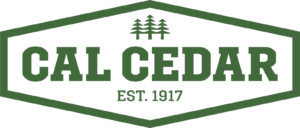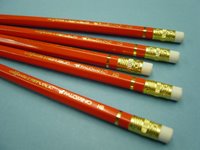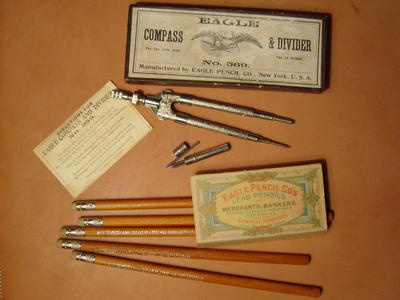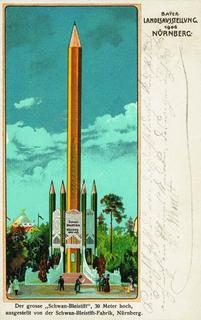Moleskine & Palomino
 I’ve been travelling overseas to Frankfurt Paperworld show and now to our pencil factory in Thailand. Too tied up to get down to the detail in writing Part 3 on making a Pencil Revolutionary out of an Environmentalist. There’s also some interesting new pencil items I plan to write about from the Paperworld show. All this will need to wait till I get back home though.
I’ve been travelling overseas to Frankfurt Paperworld show and now to our pencil factory in Thailand. Too tied up to get down to the detail in writing Part 3 on making a Pencil Revolutionary out of an Environmentalist. There’s also some interesting new pencil items I plan to write about from the Paperworld show. All this will need to wait till I get back home though.
In the meantime I thought I’d treat you to a few of the increasing associations between Moleskine and Palomino I’ve been finding on blogs, Flickr and the like. Thanks to A.E. Baxter for this first Palomino-Moleskine “glam” shot.
 Nita’s talent is visible on her InkTracks blog where she drew this Moleskine using her Palomino Pencils. We’re glad she digressed from her wonderful color efforts to work in graphite for a few sketches last month. We’d love to see more.
Nita’s talent is visible on her InkTracks blog where she drew this Moleskine using her Palomino Pencils. We’re glad she digressed from her wonderful color efforts to work in graphite for a few sketches last month. We’d love to see more.
I found this next link just today from The Fountainhead on the Flickr Moleskinerie pool. I don’t actually know yet if any of our California Republic color pencils were used in this drawing, but I couldn’t resist pointing this out. The pages include an interesting write up on the brief one month history of the republic and the mistaken design of the original flag of the California Republic which was supposed to be a pear, not a bear. Fortunately, we’ve outlasted our first month unlike our namesake. However the spirit of Captain Bartlett and those original California 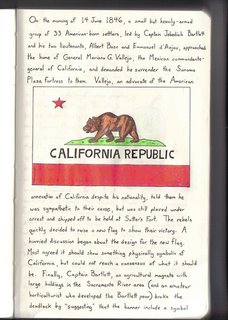 revolutionaries remains an inspiration for us here at California Republic Stationers. You may have already noticed that we’ve also encorporated this spirit into our Golden Bear brand which we think works out much better than the Golden Pear would have. Not sure the “Pear revolution” would have lasted even a week back in 1846.
revolutionaries remains an inspiration for us here at California Republic Stationers. You may have already noticed that we’ve also encorporated this spirit into our Golden Bear brand which we think works out much better than the Golden Pear would have. Not sure the “Pear revolution” would have lasted even a week back in 1846.
Oh yeah, I’ve commented recently on the Pencil Revolution, but will mention this here also. Upon return from my current travels in about a week we will be listing on Pencil World Creativity Store our newest item the Palomino graphite HB with eraser which many of you have been asking about. Here’s a sneak peak.
